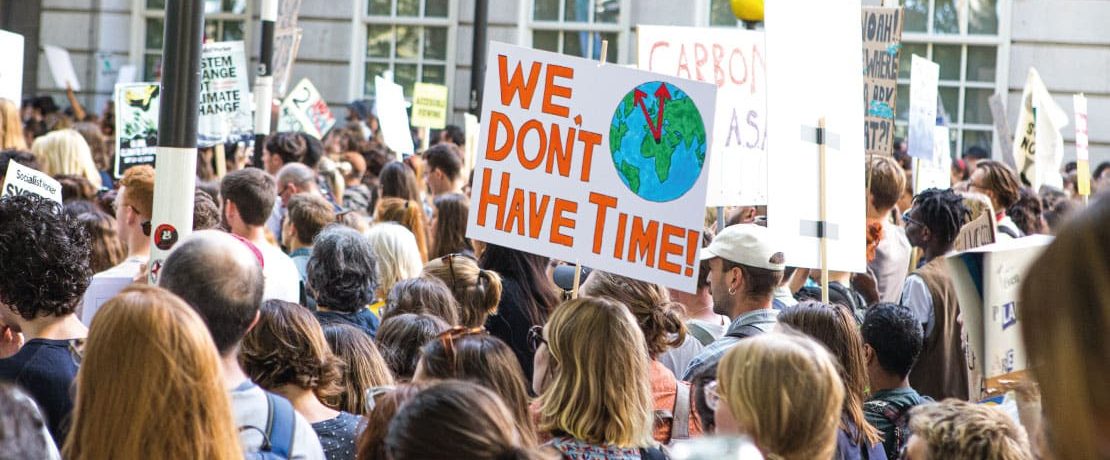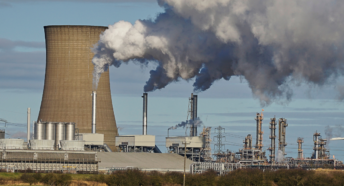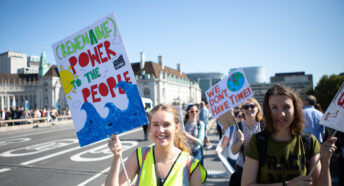New government targets to slash emissions are a major milestone
The Prime Minister has announced a new target to cut carbon emissions. We say: remember what the countryside can do to help.
Boris Johnson has said that the UK will aim to cut its carbon emissions by at least 68% of what they were in 1990 by the end of 2030, in an attempt to limit the climate crisis.
It’s an ‘ambitious’ new target, said the Prime Minister, that would see us cut emissions faster than other major economies, and we’re pleased to see decisive action on climate change. But at CPRE, we’re very aware of the existential threat of climate change and we warn that this must be seen as a stepping stone, not ‘job done’.
‘Setting targets is the easy part’
Our campaigns and policy director, Tom Fyans, cautiously welcomed the aims when the government announced them last night.
They represent a promising ambition for the country ahead of the major COP 26 conference about climate change being held in Glasgow in November 2021.
Tom said: ‘This is a major milestone for climate action ahead of the international climate negotiations in Glasgow next year.’
But far from resting on our laurels, Tom urges that we all need to keep focused both on achieving these targets and on remembering what can get us there. The countryside can play a huge role in cutting emissions and locking in carbon.
‘The Prime Minister’s pledges today are not enough to avert runaway climate change and can only be seen as a stepping stone.
‘Setting targets is the easy part, but these targets will mean nothing without action to back them up. In the coming months, we must see deeper and more rapid cuts in carbon emissions in our transport, energy and homes while truly investing in nature as one of our greatest allies in tackling the climate emergency.’
The opportunities of the countryside
At CPRE, we write and talk a lot about the many ways that nature and the countryside can actually help limit the impact of climate change. Hedgerows, those unassuming boundaries criss-crossing our fields, can lock up huge amounts of carbon. Peat, if well-managed, also reduces carbon emissions and houses a rich variety of wildlife. Managing farmland in certain ways can limit flooding, and using renewable energies that harness the power of our wind, sun and water mean we don’t need to keep burning fuels that change the atmosphere.
But Tom comments that the government seems to be missing the memo on how powerful these solutions can be, noting:
‘The role of countryside- and nature-based solutions has been worryingly absent from recent climate announcements when it should be front and centre in soaking up carbon emissions and preventing some of the worst impacts of climate change.’
And he urges the Prime Minister to remember that the people living in these areas can both help make the countryside work hard to reduce the climate crisis – but are also at particular risk from problems like flooding and drought.
‘We know that countryside communities are on the front line of climate change and the extreme weather events it causes. That’s why it’s crucial that ministers drive deeper and faster cuts to our carbon emissions and lead other nations to follow suit.
‘It’s time for real climate action.’
Want to help us be part of cultivating the countryside as a means to reduce the climate crisis, or follow our work as we go? You can sign up for our monthly emails, where we keep you posted on our work talking to government and communities about change for better, or make a donation to help us keep campaigning for the climate and countryside.








